BCDR (Business Continuity Disaster Recovery) and back-up solutions are essential in ensuring that businesses can survive in the event of a disaster, be it natural or human-induced. And as we’ve learnt in recent months with the outbreak of Covid-19, disasters often happen when you least expect them and can pose a serious risk to the future of your business.
Yet according to Datto, nearly 75% of SMBs operate without a back-up or BCDR plan and only 25% are confident they could restore company data if it were compromised.
That’s quite shocking considering IDG report that it takes around 7 hours to resume normal operations after a disaster, with 18% of IT managers saying it can take 11 to 24 hours, or even longer. Can your business afford to halt operations for that long?
And while BCDR and back-up can be mistaken as the same thing, they have very different functions. Let’s explore their differences and why a full BCDR approach to data loss is preferred to just back-up.
Free Download: 4 BCDR Planning Essentials
WHAT’S THE DIFFERENCE?
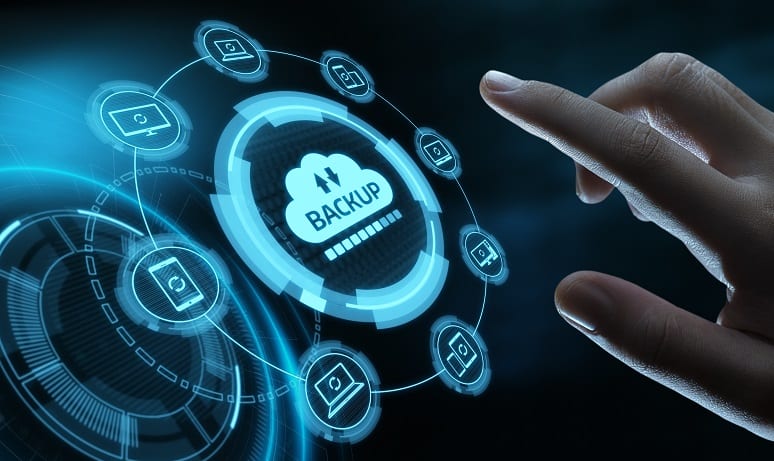
BACK-UP
A back-up solution allows your business to save copies of your data to a secondary form like another device or location. This can then be used to restore the original data in the event of a disaster event. Nowadays this is done via the cloud, but in previous years, this was done on a hard-drive or dongle.
Essentially, data back-up answers the questions: is my data safe? Can I get it back in case of a failure? Thinking about back-up is a good first step but is often limited to files and data protection and could still leave you helpless.

BCDR
Conversely, a BCDR solution involves thinking about the business from a different perspective and looks at how quickly you can continue operating in the event of an unplanned event or disaster.
This often includes an in-depth plan that provides uninterrupted access to data, networks, applications, and business-critical systems should the worst happen. BCDR plans should attempt to limit downtime, protect staff and in a perfect world, prevent your business from going offline.
Plus, backup and BCDR are separated by the time it takes to restore and/or recover your data and get back to work. Generally, BCDR is a long-term strategy for the company to reduce downtime and can speed up recovery time from days or weeks to just minutes or hours (RTO).
While back-up generally supports you to recover from a specific point in time (RPO) rather than any of the other long-term effects that downtime, unplanned events, and disaster can cause.
RTO & RPO – WHY THEY’RE IMPORTANT
When talking about avoiding data loss and downtime, it’s important to be mindful of Recovery Time Objective (RTO), and Recovery Point Objective (RPO).
RTO: The Recovery Time Objective is the duration of time within which a business must be restored after a disruption to avoid unacceptable consequences.
RPO: The Recovery Point Objective is the maximum tolerable period of time in which data might be lost due to a disaster.
By calculating your desired RTO, you determine the maximum time that you can be without your data before your business is at risk. And by specifying the RPO, you’ll discover how often you need to perform backups. You may have an RTO of a day, and an RPO of an hour depending on what your business needs. But calculating these numbers will help you understand what type of strategy and solutions you need.
REASONS TO INVEST IN A BCDR SOLUTION

1. Prevents Downtime & Revenue Loss
Could you experience hours of business downtime without a significant impact on your bottom line? Probably not. The truth is downtime costs money – and lots of it.
It’s estimated that around 53% of businesses are not equipped to handle even an hour of downtime before they experience a significant loss of revenue.
Having a BCDR strategy in place ensures that your business will be up and running as quickly as possible during an unexpected disaster, minimising any downtime and loss of revenue.
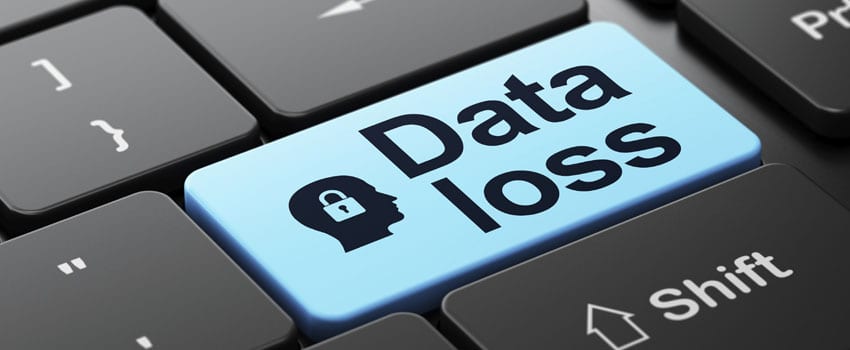
2. Protects Against Data Loss
A good BCDR strategy will address how to replicate your business data in several ways, which is essential to making sure you can continue to operate when things go wrong.
This is important because one study has found that 87% of businesses that lose access to their data for more than a week, are more likely to be out of business only a year later.

3. Protects Your Reputation
Unexpected downtime does not only lead to significant financial implications, but it can also lead to brand and reputational damage.
Most of your customers will expect to have access to your business 24/7 and if this is not available, it can become problematic.
A BCDR strategy can prevent reputation damage from happening entirely, or at least minimise the damage, by helping you to be back up and running so quickly, your customers may never even notice there was a problem.
BCDR IN THE WAKE OF COVID-19
2020 has changed the business landscape and the understanding of BCDR and its importance on a worldwide scale. In the past, BCDR was popular mostly among larger organisations or businesses in locations with a greater chance of a natural disaster occurring. These companies will be no stranger to the resilience and need for an effective BDCR strategy.
But the recent pandemic has shown that all businesses need to invest in BCDR because business continuity is not just based on disaster recovery of the IT infrastructure. Suddenly, the entire workforce was working remotely and the challenges this presented had to be solved as quickly as possible.
Those that did this quicker than others, were able to offer a seamless customer experience and increase brand loyalty among customers. Those that didn’t faced a steep upward battle. To avoid situations like this in the future, here’s what you should keep in mind …

Work-From-Home Policy
Now you know, and have seen first-hand, that disaster can strike unexpectedly, requiring you to change the way you operate, develop a work-from-home policy on the basis of what you’ve learned during the pandemic.
The policy should include remote access, bring-your-own-device, and remote workforce security considerations.
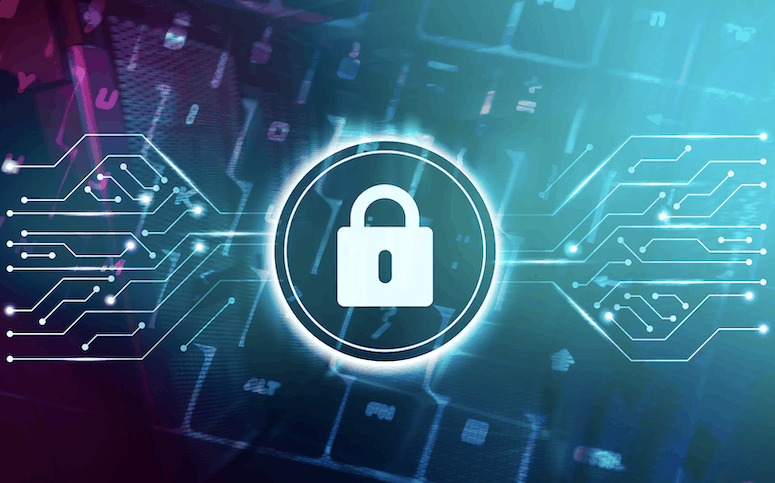
Security Layers
Cyber security is challenging in the office, but once employees are at home, your business is vulnerable in many new ways and you cannot always directly control security.
You need to create a security education program for employees, perform penetration tests, and create a cyber security policy appropriate to a home-working approach.
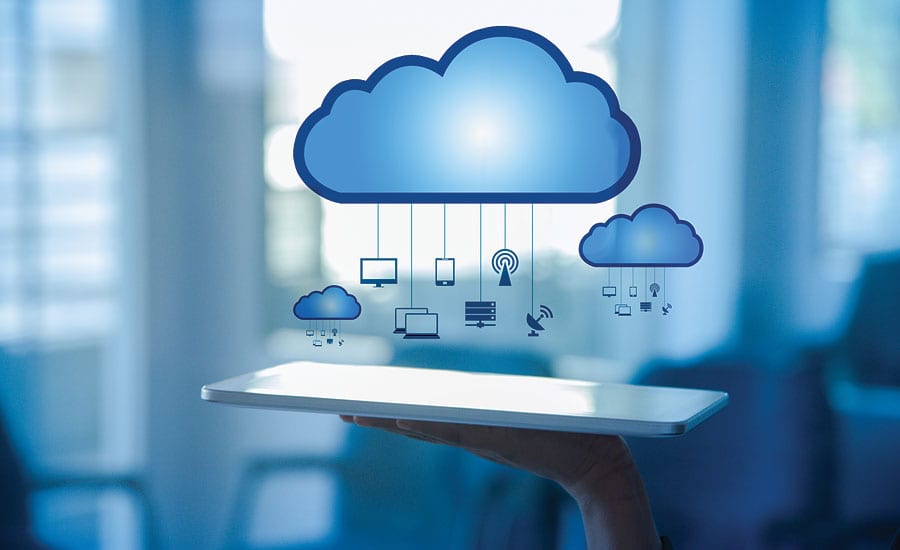
Cloud Migration
While working from home, on-premise hardware is a nightmare to support, while cloud-based businesses have been able to provide remote troubleshooting to support their workforces.
It’s good practice to review your set-up considering recent events and think about migrating to cloud services to make this easier in the future and to support you with your wider BCDR plans.
NO one is exempt
Many organisations seemingly dismiss the need for a BCDR strategy because they don’t believe that any disaster could happen to them; but statistics point out otherwise. 90% of large businesses and 60% of smaller organisations report experiencing at least one major IT incident during the year. Most of these are due to system failures, power outages and other IT and security glitches. The truth is, unexpected events can happen to any business at any time – so isn’t it best to be prepared?
Be proactive - develop a bcdr strategy today!
When disaster strikes, be prepared with an efficient and effective BCDR strategy. PCS are experts in supporting businesses of all sizes to be proactive and develop a strategic BCDR plan that suits their needs. With PCS and our extensive experience, you get peace of mind that your business can cope with whatever is thrown at it.
Call us on 0333 150 6780, email or fill out the contact form below and a member of the team will be in touch to help prepare you for any incident.


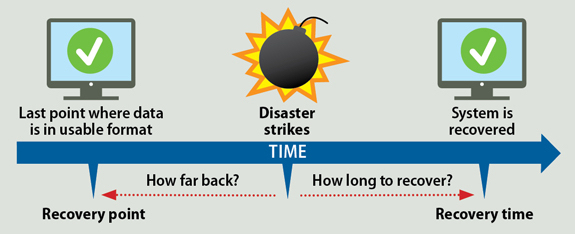



Recent Comments